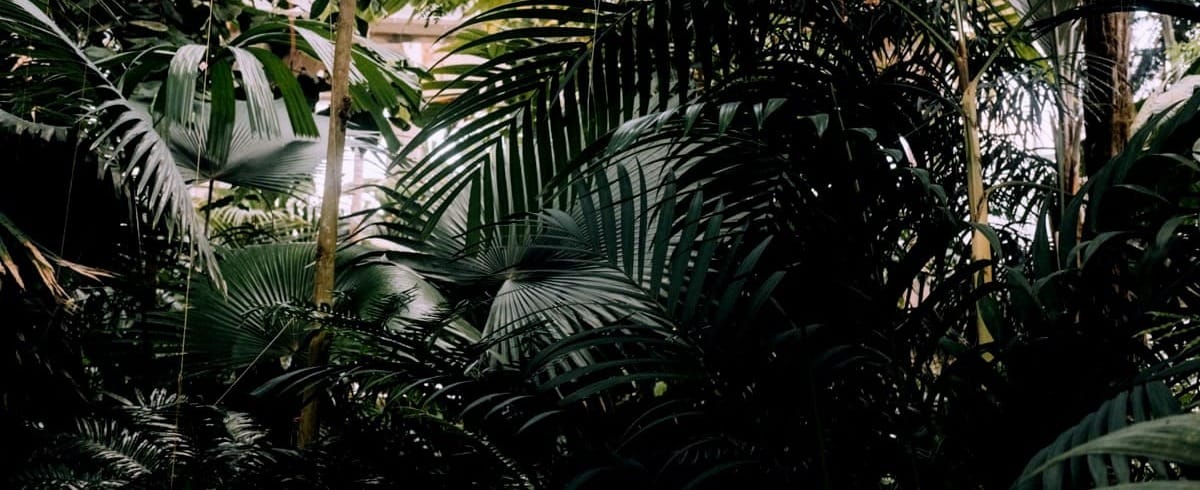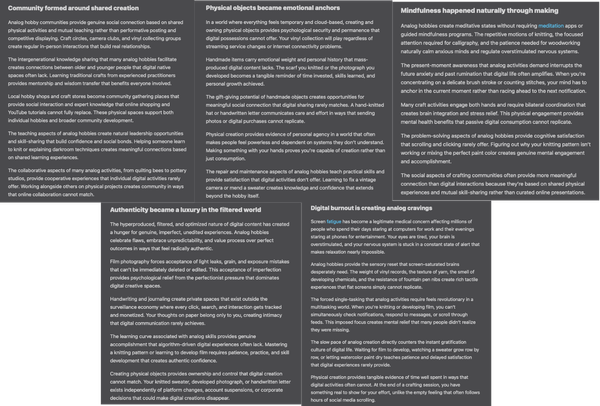Day jobs
Are they worth having?


Day jobs
There are two ways to get into freelancing: voluntarily and by circumstance/default. The second happens when you get fired, laid off, have hours cut, or some other reason that doesn’t make full-time work a fit for you. Those who freelance by choice, like me, either go all in and make it their work, or they’re night and weekend warriors, doing freelance on top of a day job (usually, a different industry).
When you get started in freelancing, it can be tough to find clients. It’s difficult to gain momentum and sustain it, not to mention dealing with a learning curve of navigating contracts, invoices, accounting, legal, etc. As I get older and find myself valuing my time off and not wanting to “hustle” like my past self, I have become very aware of replenishing my creative well and mental health.
Last year, the Cantor Arts Center at Stanford showcased an exhibition called “Day Jobs.” An excerpt from the description is below and the link also features a 3D tour of the exhibit!
The exhibition will be accompanied by a catalogue with commissioned essays and interviews from 24 pioneering artists such as Larry Bell, Mark Bradford, Tishan Hsu, Howardena Pindell, and Julia Scher, who offer first-hand accounts of how their day jobs—as a frame shop technician, hair stylist, word processor, museum employee, and security systems installer, respectively—altered their artistic trajectories in surprisingly profound ways.
By examining the impact of day jobs on artists, the exhibition seeks to demystify artistic production and overturn the romanticized concept of the artist sequestered in their studio, waiting for inspiration to strike. Conceived as a corrective to traditional art historical narratives, Day Jobs encourages us to more openly acknowledge the precarious and generative ways that economic and creative pursuits are intertwined.
As a creative person, having an unrelated day job can provide financial stability and a set schedule. But if your day job and freelance work start to overlap in skills and brainpower, I’ve found that you end up using brain remnants for creativity—a constraint that leaves you frustrated and resentful.
I really like the idea behind the exhibition—that the artists with day jobs could use them to benefit and inform their art—I wish it worked for me. Personally speaking, if you want to freelance, I recommend doing it on top of your day job and then quitting the job when you have enough clients to sustain your work. That said, if you have the savings to last you a year or more, going all in does free up your brain. You have less context-switching and plenty of time for your new business.


etc.
article links, recs, personal updates, and a plant feature




